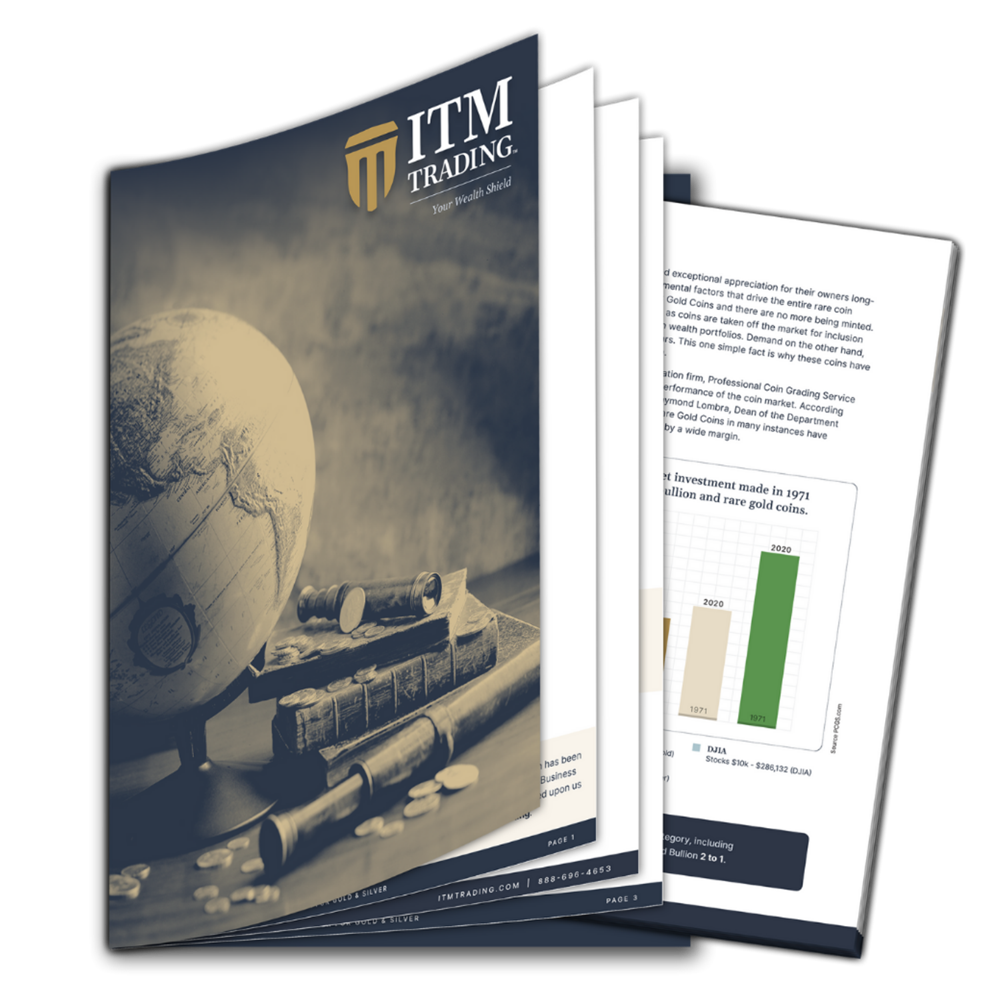Gold Coin Options

There are many types of gold coins and in this article we will indentify many of them, providing brief descriptions and, where relevant, Gold Coin histories as well.
There are two primary broad categories of gold coins. The first category is made up of gold bullion coins. These are coins which are used strictly by investors as an investment vehicle for owning gold. The second category is made up of numismatic gold coins. These coins are usually referred to as rare gold coins. Rare gold coins include coins which are of interest and value to collectors, as well as investors.
Gold Bullion Coins
Gold bullion coins are probably the most popular form of gold in the world today due to the huge size of the market. These coins provide safety, security, liquidity, convenience and of course, profit potential for their owners. Their value is strictly and exclusively tied to the price of gold.
The first gold bullion coin was South Africa’s Krugerrand. The Krugerrand was first introduced in 1967, many years before any other gold bullion coin was even on the drawing board. It is not particularly surprising that South Africa would have been the first nation to mint a gold bullion coin, since South Africa was and is the world’s leading gold exporting country. The Krugerrand thrived for many years as the most popular way for most individuals to own gold. In fact, the Krugerrand was so successful that the name "Krugerrand" was synonymous with "gold coin" for several years, similar to the manner in which "Kleenex" became synonymous with facial tissue and "Xerox" with photocopiers in the early days of that industry.
Over time, however, other nations followed South Africa’s lead and began to produce gold bullion coins of their own. Among the gold bullion coins now available today are the Gold American Eagle, the Gold American Buffalo, the Gold Canadian Maple Leaf, the Australian Gold Kangaroo and the Gold Austrian Vienna Philharmonic.
Rare Gold Coins
Rare gold coins are another very popular way to own gold. Some people own rare gold coins for investment purposes and some for collector purposes. And in some cases, the line between the two becomes blurred and the owner has dual motivations.
Rare gold coins are generally made up of U.S. gold coins minted between 1795 and 1933, when the U.S. Mint stopped minting gold coins for circulation.
During the 138-year period in which these coins were minted, several denominations were distributed, comprising even more design types.
At various times during the time that the U.S. Mint produced gold coins for use as money in commerce, the following denominations of gold coins were minted:
• $1.00
• $2.50 or Quarter Eagle
• $3.00
• $4.00
• $5.00 or Half Eagle
• $10.00 or Eagle
• $20.00 or Double Eagle
The diminutive Gold Dollar was produced in three different types from 1849 to 1889: the Type I, the Type II and the Type III.
The $2.50 gold piece, also known as the Quarter Eagle, was minted from 1796 all the way until 1929 in seven different design motifs.
The $3.00 gold piece, known as the Indian Princess, was minted from 1854 to 1889.
The $4.00 "Stella" gold piece was an experimental denomination minted in very small quantities in 1879 and 1880.
The $5.00 Half Eagle was minted from 1795 to 1929 in eight different design types.
The $10 gold Eagle was minted from 1795 to 1933 in four distinctive designs.
The $20 Double Eagle, the largest of all regular-issue U.S. gold coins, was minted from 1849 to 1933 in just two design types.
Today, due to their gold content, beauty, historical significance and their rarity there is a great demand for almost any gold coin.














